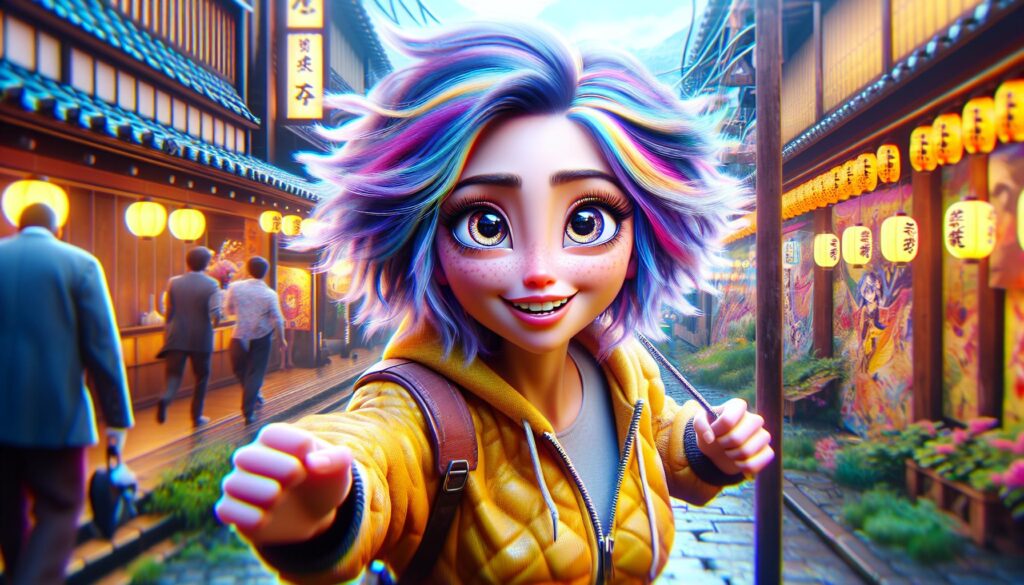Anime aesthetics have taken the art world by storm, captivating fans and artists alike with their unique blend of vibrant colors and intricate designs. I’ve always been drawn to the way anime captures emotions and tells stories through visuals, making it a rich source of inspiration for my own drawing journey.
Key Takeaways
- Vibrant Visuals: Anime aesthetic drawing is characterized by bold colors, intricate designs, and emotional depth, making it a captivating art form that engages audiences.
- Distinctive Features: Key elements include precise line work, exaggerated character proportions, and dynamic compositions, which enhance storytelling and emotional expression.
- Cultural Fusion: This art style blends traditional Japanese influences with modern techniques and themes, promoting cross-cultural dialogues and rich narratives.
- Technical Mastery: Techniques in both digital and traditional mediums are essential for achieving the anime aesthetic, allowing for precision, texture, and experimentation in artwork.
- Contemporary Influence: Anime aesthetics significantly shape contemporary art, impacting various mediums such as video games, graphic novels, and fashion, highlighting their broad cultural relevance.
Anime:W-E6oq0ma-A= Aesthetic Drawing
Anime:W-E6oq0ma-A= aesthetic drawing combines distinctive visual elements that resonate deeply with fans. This style incorporates bold outlines, vibrant color palettes, and dynamic compositions. Artists often emphasize character expressions and intricate backgrounds, creating immersive scenes that draw viewers into the narrative.
The use of exaggerated proportions in character design, such as large eyes and unique hairstyles, adds to the appeal. This approach enhances emotional depth, allowing for profound storytelling through visual form. Additionally, supernatural themes and fantastical elements are prevalent in anime aesthetics, serving as a canvas for imagination.
Incorporating cultural references and symbols is common in this style. Artists may draw inspiration from Japanese folklore, modern fashion trends, or technological advances. This fusion of traditional and contemporary elements enriches the aesthetic and engages a diverse audience.
Technical techniques play a crucial role in achieving the anime aesthetic. Digital tools allow for precision in line work and color grading, while traditional mediums like watercolors and markers offer organic textures. Mastery of these techniques ensures that the aesthetic remains vibrant and captivating.
Overall, anime:W-E6oq0ma-A= aesthetic drawing stands out for its unique combination of emotional expression, technical prowess, and cultural richness, cementing its place in both art communities and popular culture.
Characteristics of Anime:W-E6oq0ma-A= Aesthetic Drawing
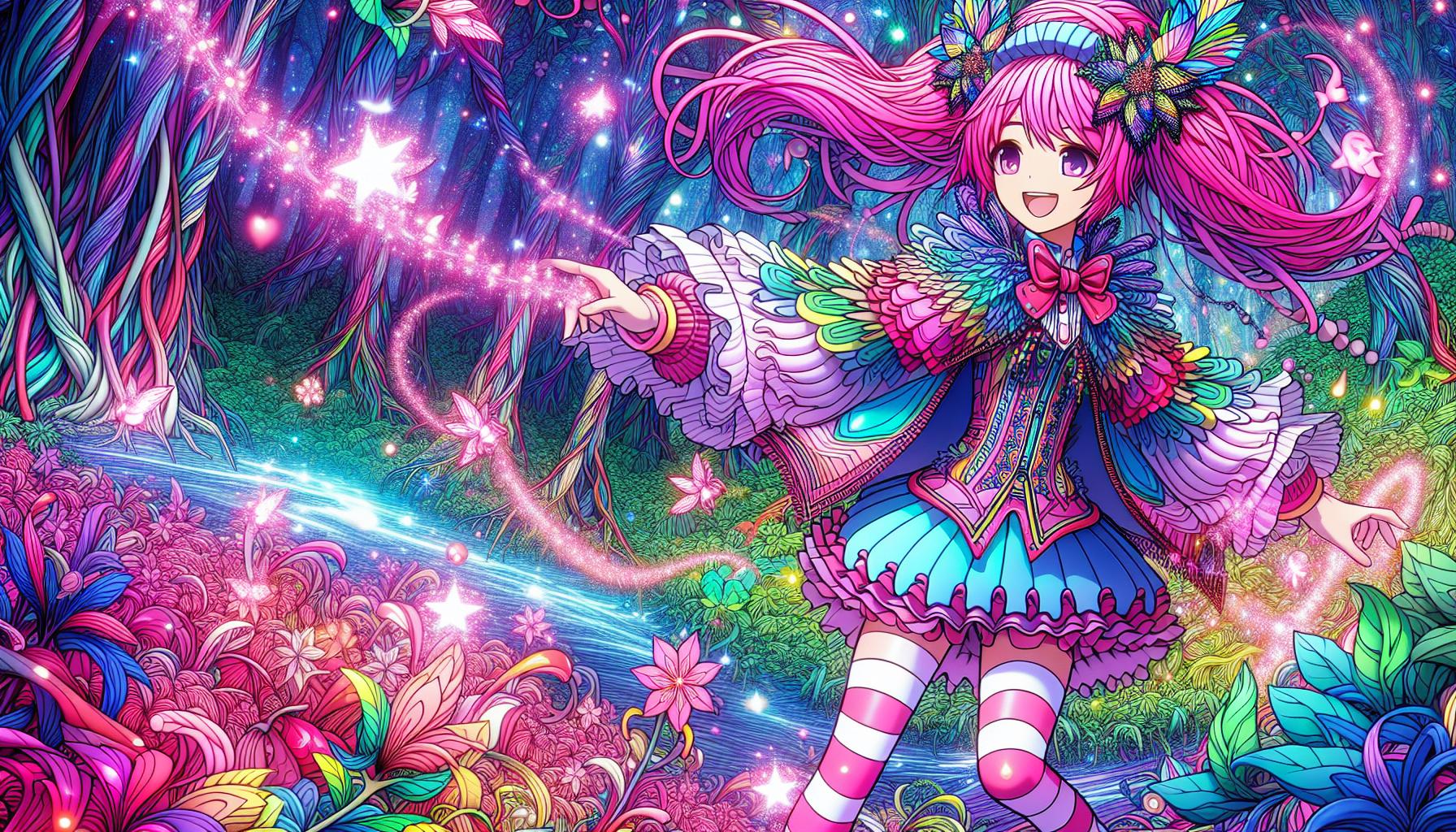
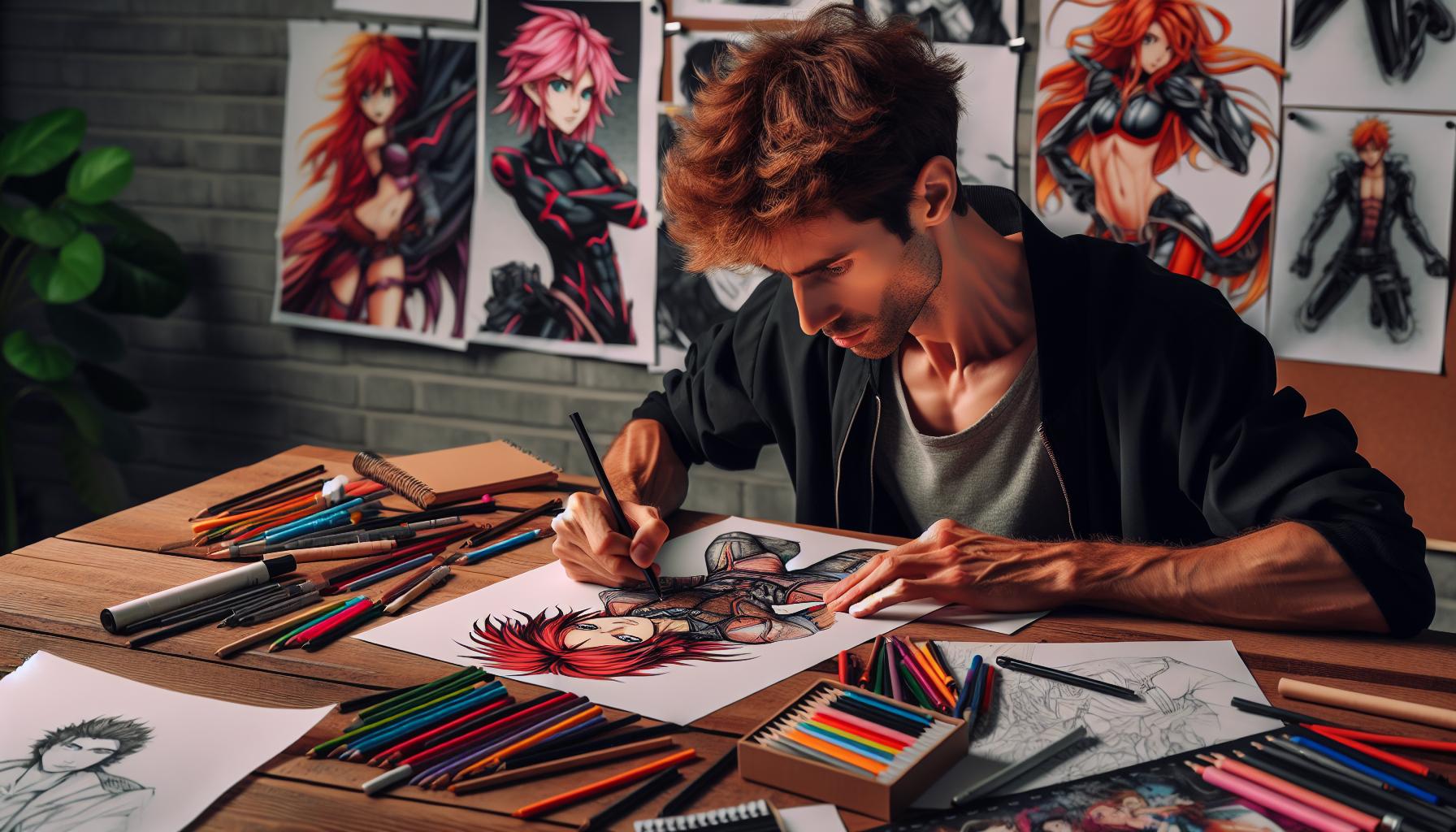
Anime aesthetic drawing showcases key features that distinguish it from other art forms. These characteristics include a specific focus on color palette and line work.
Color Palette
Anime utilizes bold and vibrant color palettes to create emotional impact and convey mood. Bright shades, pastel tones, and contrasting colors enhance visual storytelling. Color choices often reflect the genre; for example, fantasy settings may incorporate rich jewel tones, while slice-of-life themes favor softer hues. This strategic use of color draws viewers into the scene, emphasizing character emotions and narrative depth.
Line Work
Line work in anime aesthetic drawing stands out due to its precision and clarity. Artists often employ thick, dark outlines to define characters and elements, enhancing their prominence against backgrounds. Clean lines contribute to a polished look, allowing for intricate details like facial expressions and clothing folds. The contrast between bold outlines and softer inner details creates a balanced visual appeal. Dynamic line techniques, such as varying line thickness and expressive strokes, infuse movement and energy into scenes.
Popular Styles Within Anime:W-E6oq0ma-A= Aesthetic Drawing
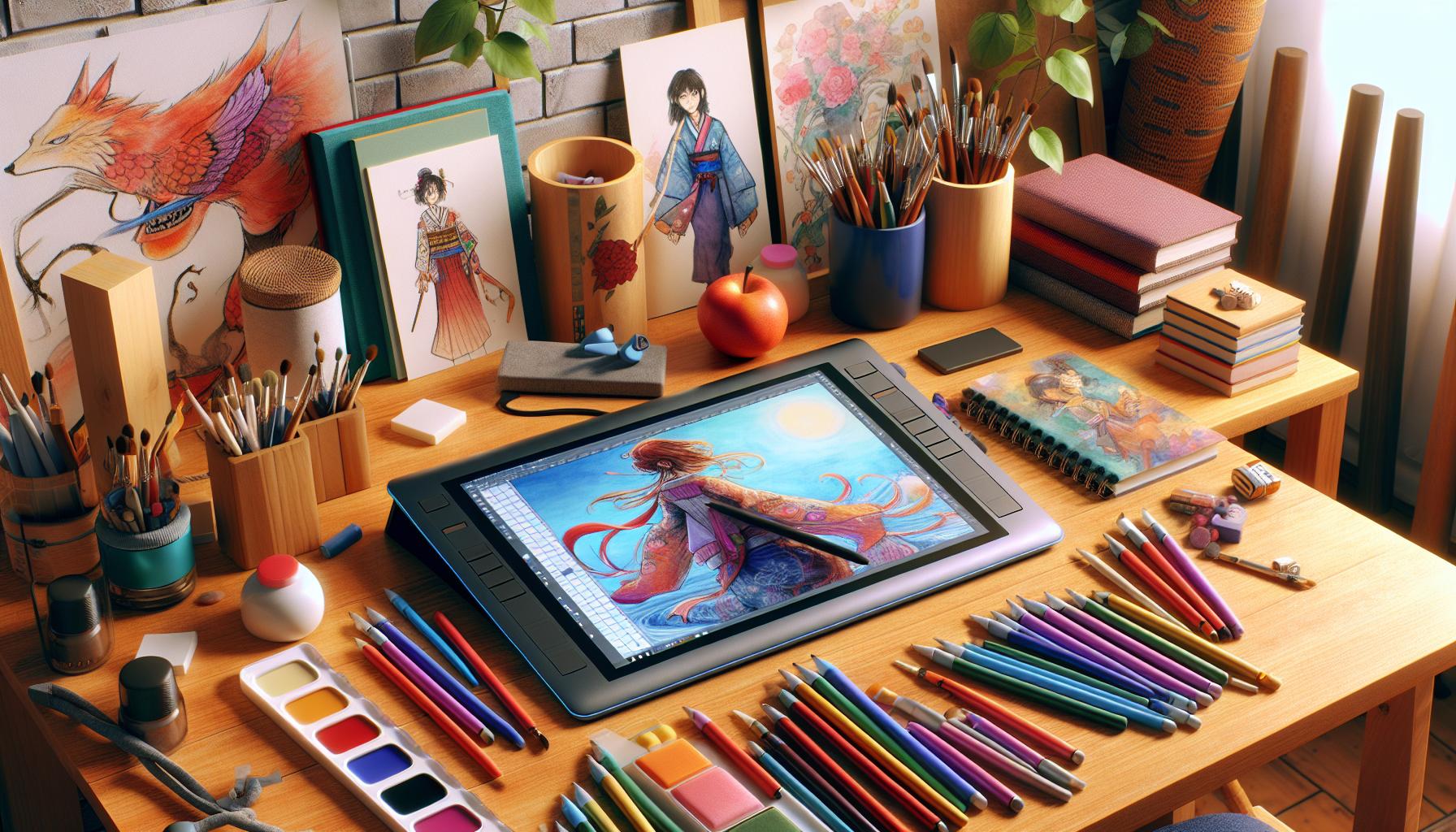
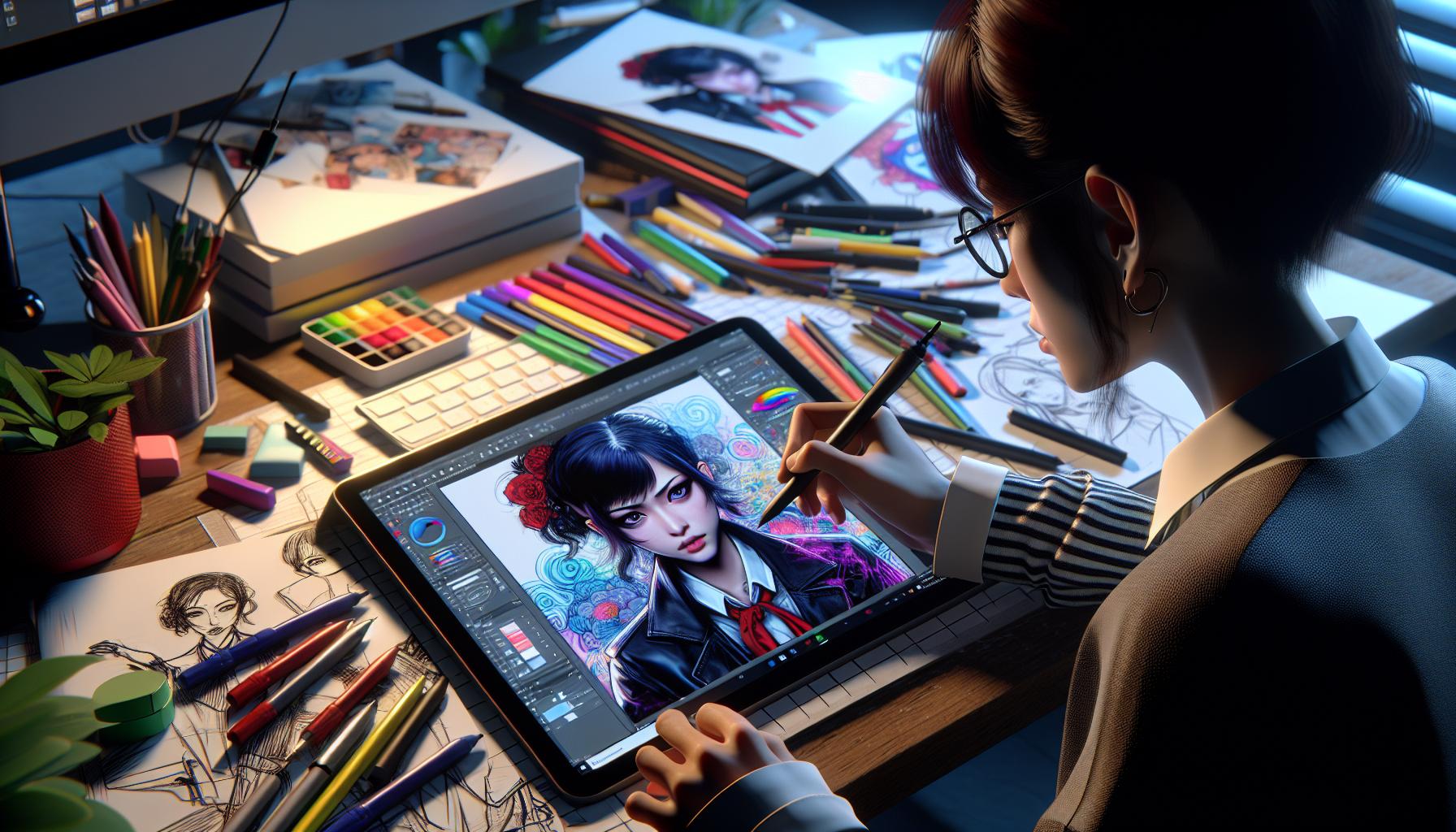
Anime aesthetic drawing incorporates various distinct styles rooted in both traditional artistry and modern digital techniques. These styles play a crucial role in shaping the overall expressive quality of the artworks.
Traditional Influence
Traditional anime aesthetic draws inspiration from techniques established by past artists. Watercolor styles evoke a soft, dreamy atmosphere, employing delicate gradients and blending. Ink work leverages fine lines to create intricate details while emphasizing character features. I often find that incorporating hand-drawn elements, such as textured backgrounds and line variations, enhances emotional resonance. Consider classic animation techniques where frames convey motion fluidly, influencing character expressions and actions. Styles like cel-shading add depth, highlighting contrasts between light and shadow.
Digital Techniques
Digital techniques introduce precision and versatility to anime aesthetic drawing. Software like Clip Studio Paint and Adobe Photoshop offer powerful tools for artists. Using layers allows for easy adjustments and creative exploration without compromising the original work. I utilize digital brushes to emulate traditional textures, blending techniques with the precision of digital mediums. Vivid color palettes come alive, thanks to advanced tools that enhance vibrancy and saturation. Animation software enables dynamic scenes and character movement, making narratives more immersive. Digital platforms also facilitate experimentation, allowing me to rapidly iterate on ideas and styles that resonate with audiences.
Impact on Contemporary Art
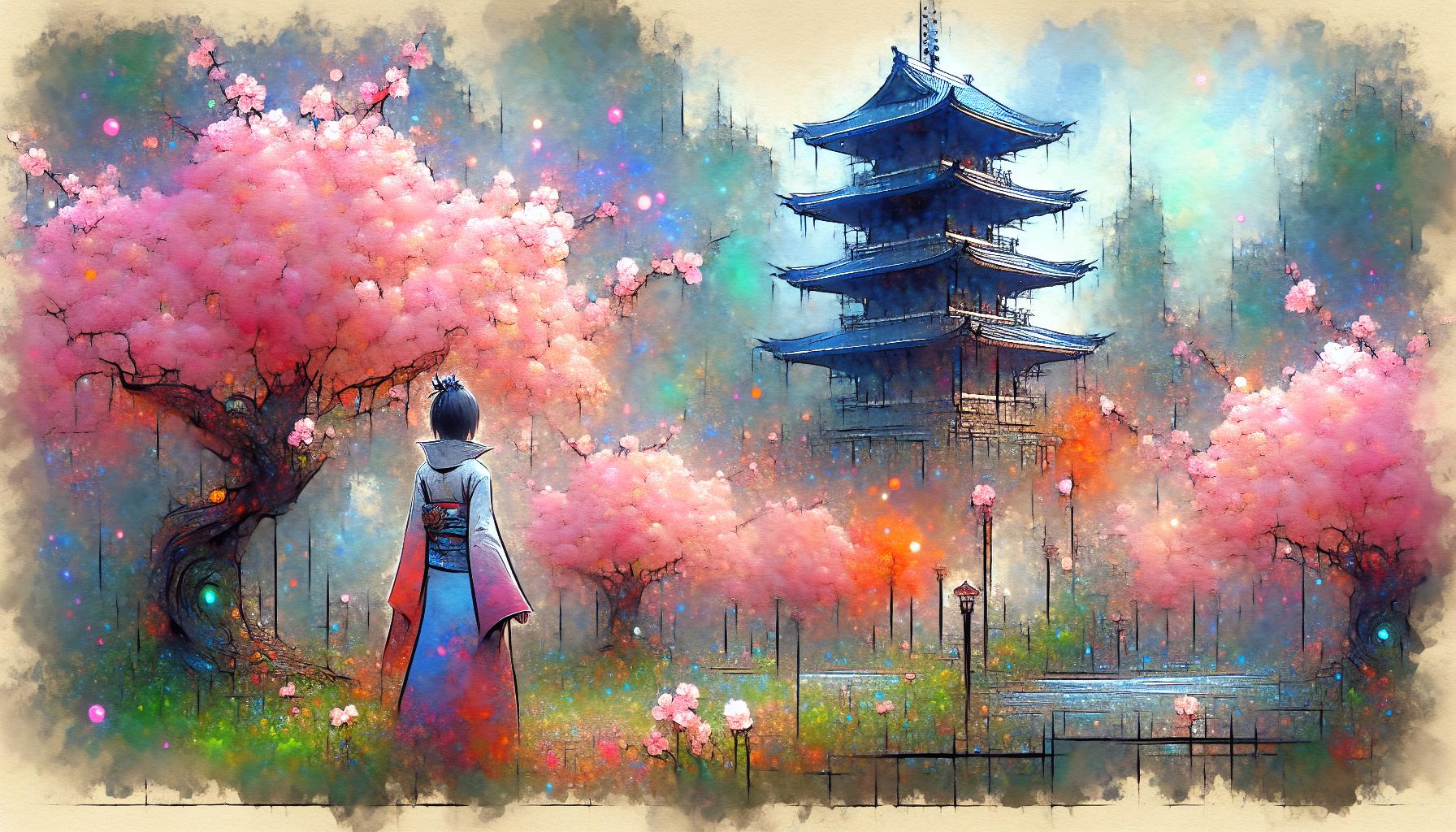

Anime aesthetics profoundly influence contemporary art, reshaping how artists express emotions and narratives. The vibrant colors and intricate designs resonate not just within the anime community but also across broader artistic landscapes.
Cultural Significance
Cultural significance of anime aesthetics reflects a blend of traditional Japanese art and modern graphic influences. Elements like exaggeration in character features and fantastical storytelling draw inspiration from Japanese folklore, resonating with global audiences. This cultural fusion not only enriches the art form but also promotes cross-cultural dialogues. Events like anime conventions foster this exchange, showcasing artists who blend traditional and modern techniques. Such gatherings highlight the appeal and relevance of anime aesthetics in various cultural contexts, reinforcing their place in contemporary art.
Influence on Other Mediums
Influence on other mediums demonstrates the versatility and appeal of anime aesthetic drawing. Video games leverage anime art styles, creating immersive experiences that captivate players. The use of anime aesthetics in graphic novels and webcomics showcases vibrant storytelling that attracts diverse audiences. Additionally, fashion designers integrate anime patterns and motifs into their collections, illustrating a broader cultural impact. Film and animation studios also adopt these visual styles, merging them with other genres for compelling narratives. This cross-pollination of influences underscores the significance of anime aesthetics in shaping emerging art forms, making them pivotal in today’s visual culture.
Creativity
Anime aesthetic drawing has truly transformed the way I see art and storytelling. Its vibrant colors and intricate designs resonate with my emotions and inspire my creativity. The unique blend of traditional and digital techniques opens up endless possibilities for expression.
I’ve found that exploring these aesthetics not only enhances my own artwork but also connects me with a broader community of artists and fans. As I continue my journey in this captivating world, I’m excited to see how anime aesthetics will evolve and influence future generations of creators.

